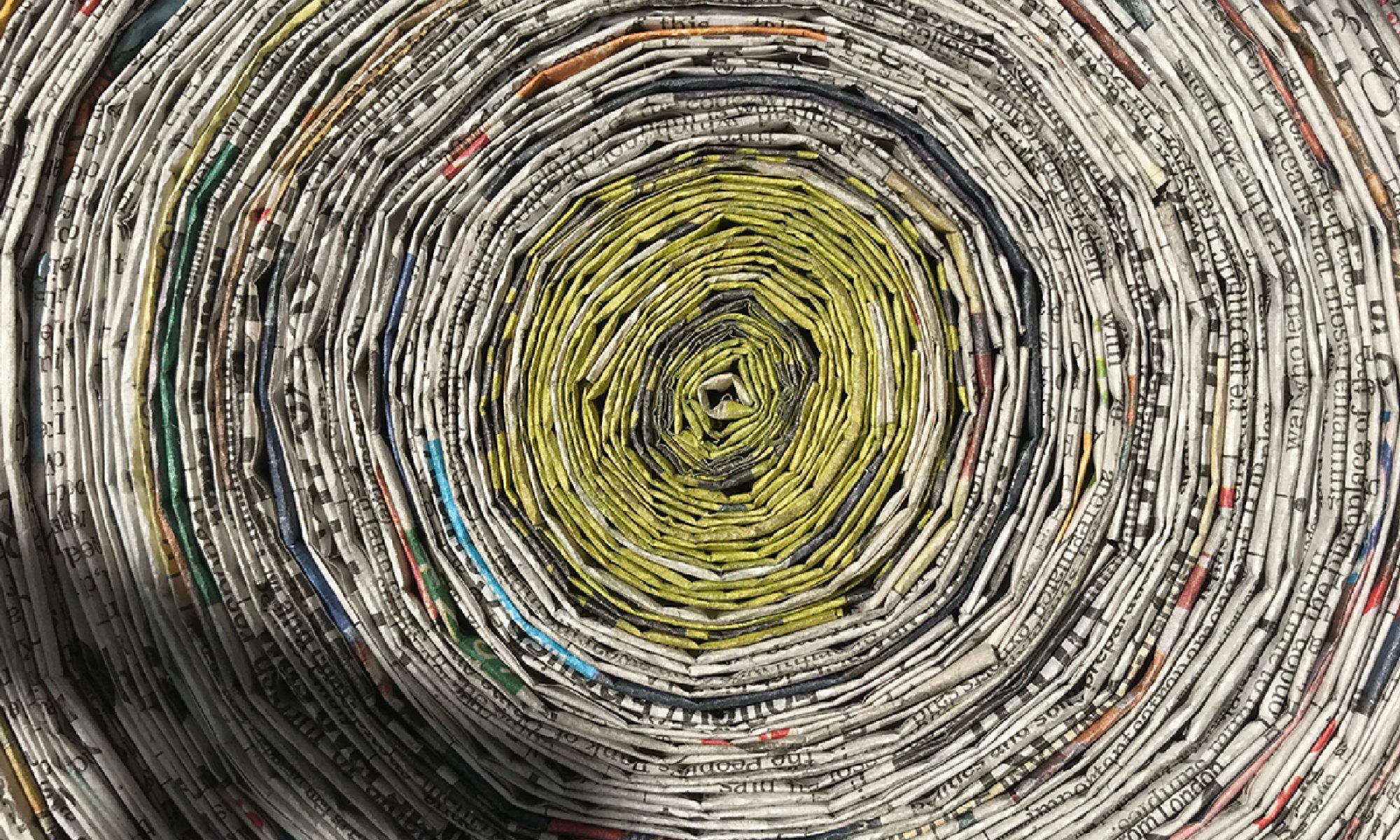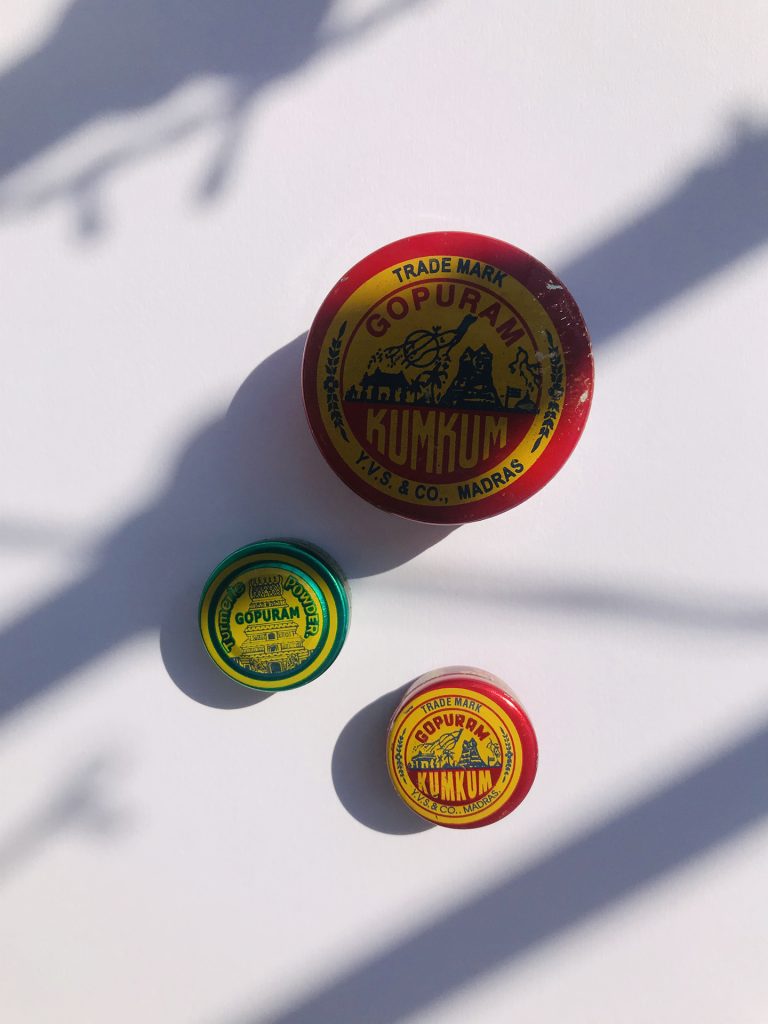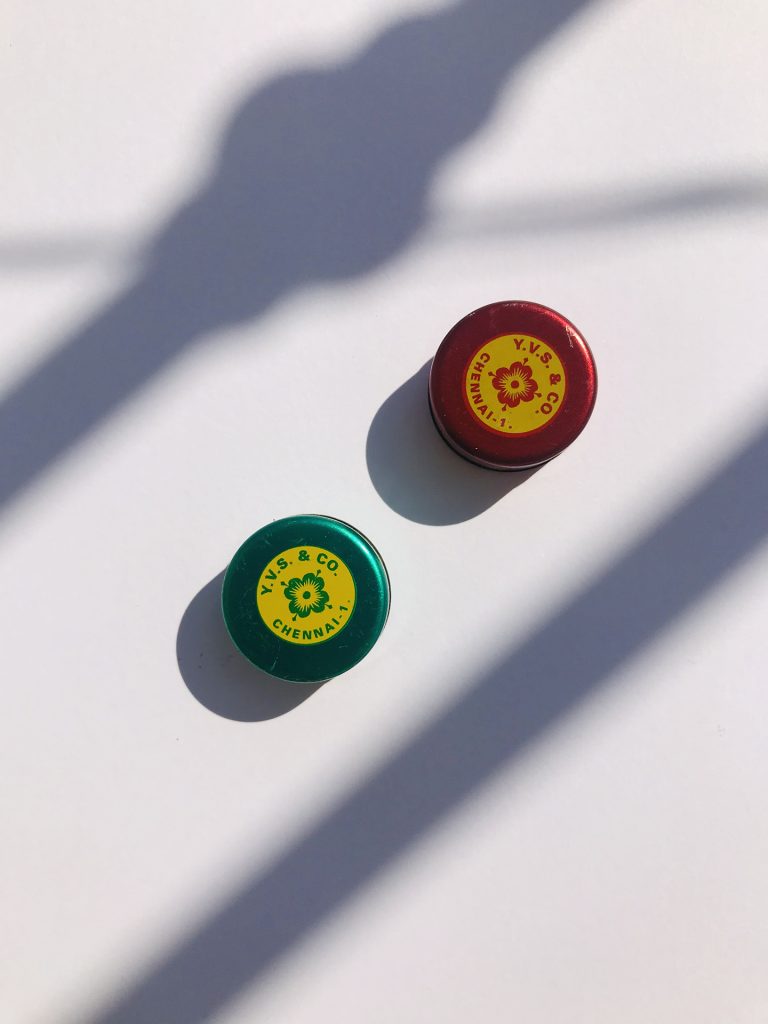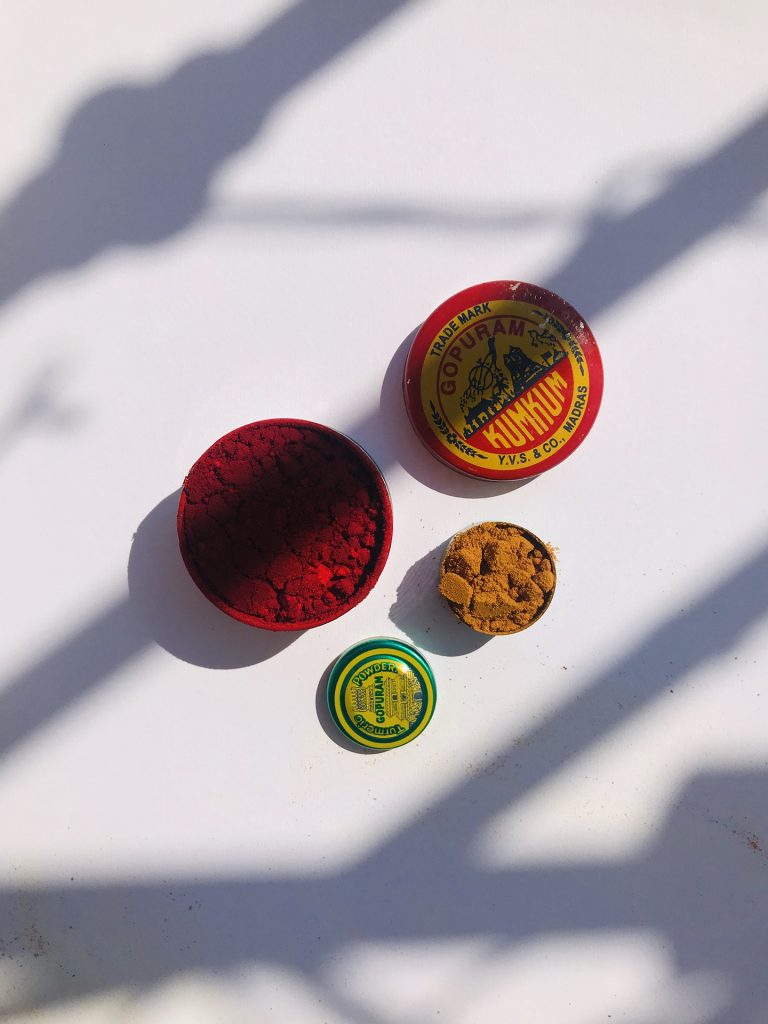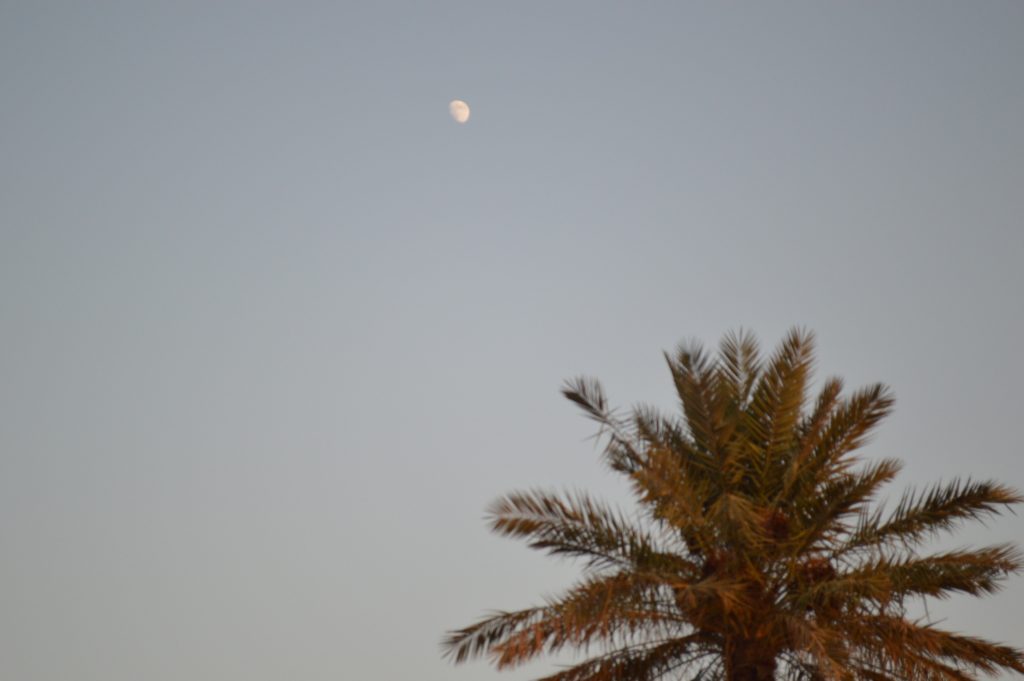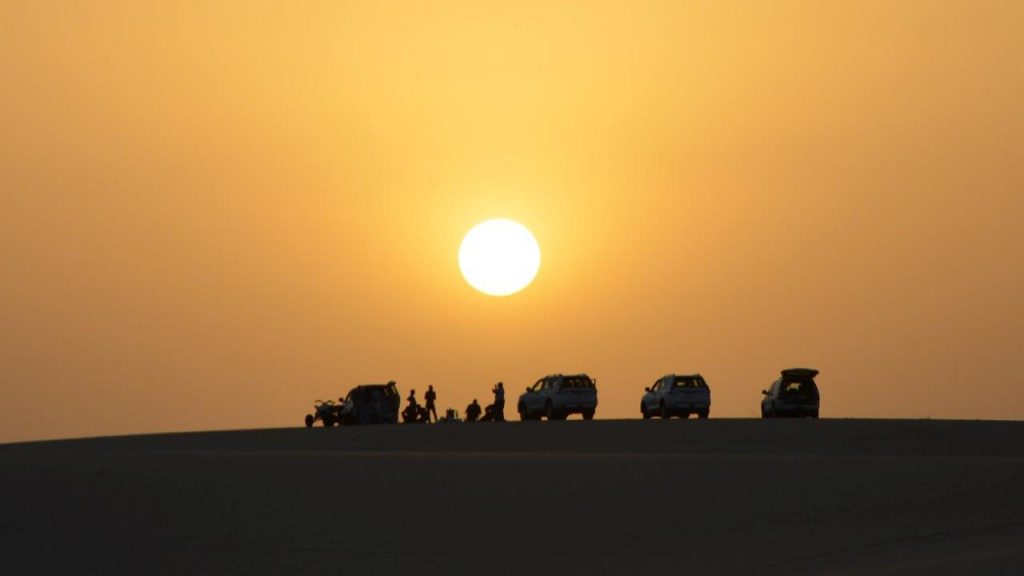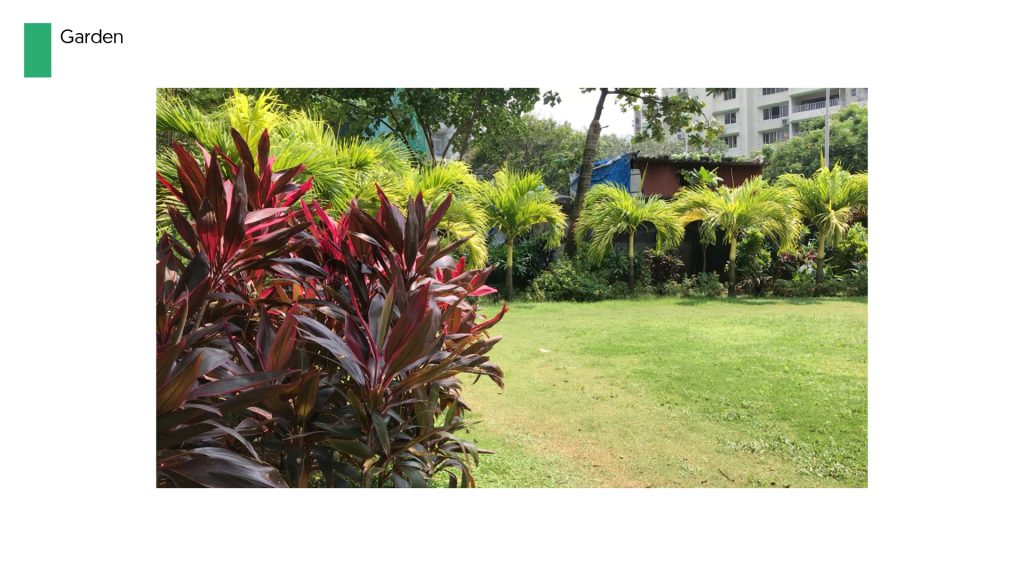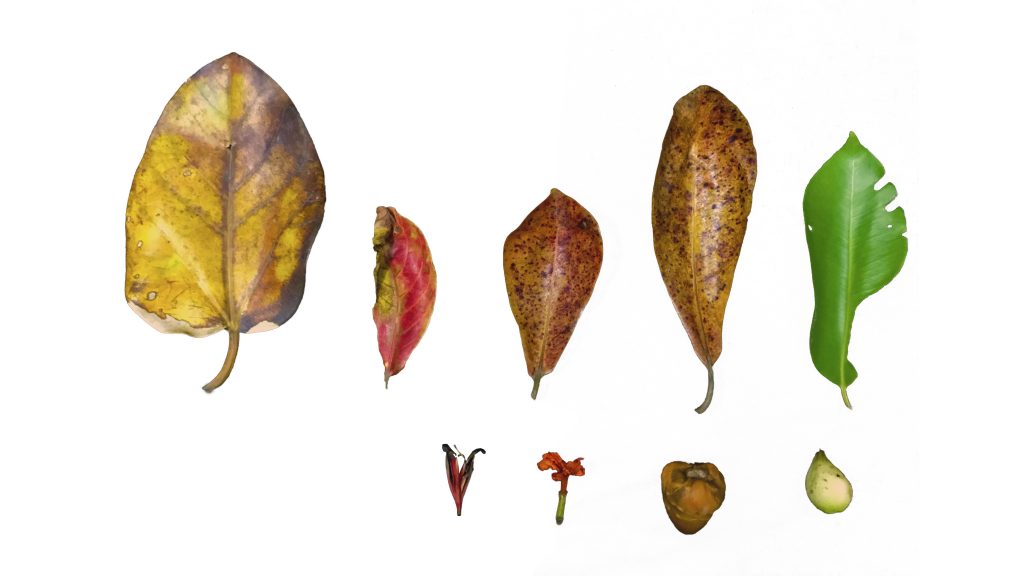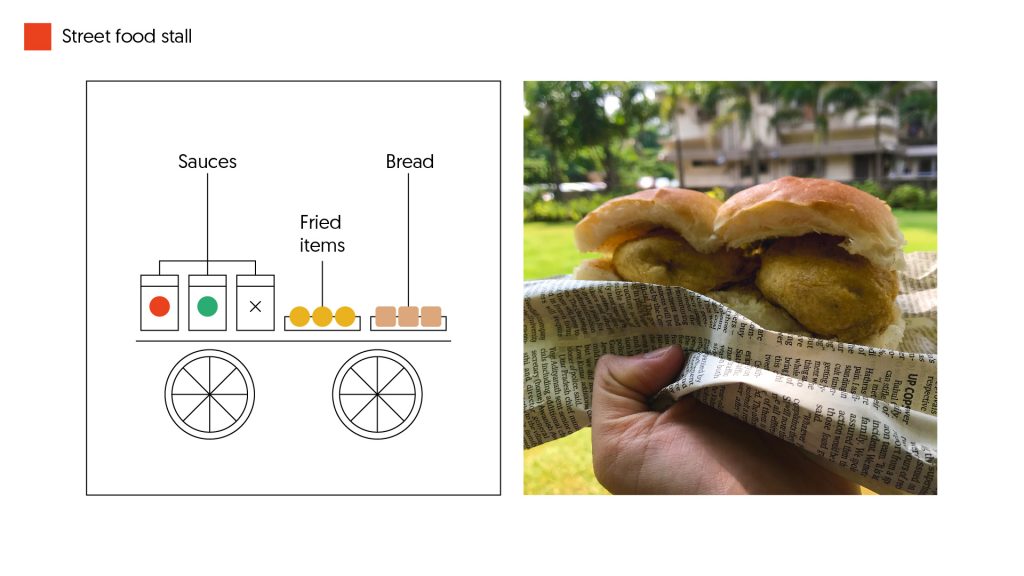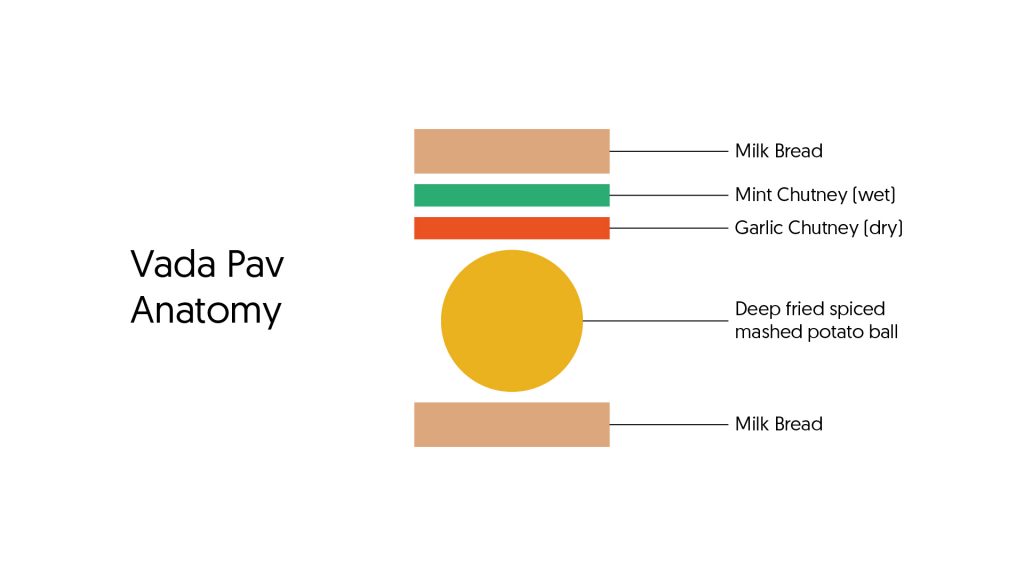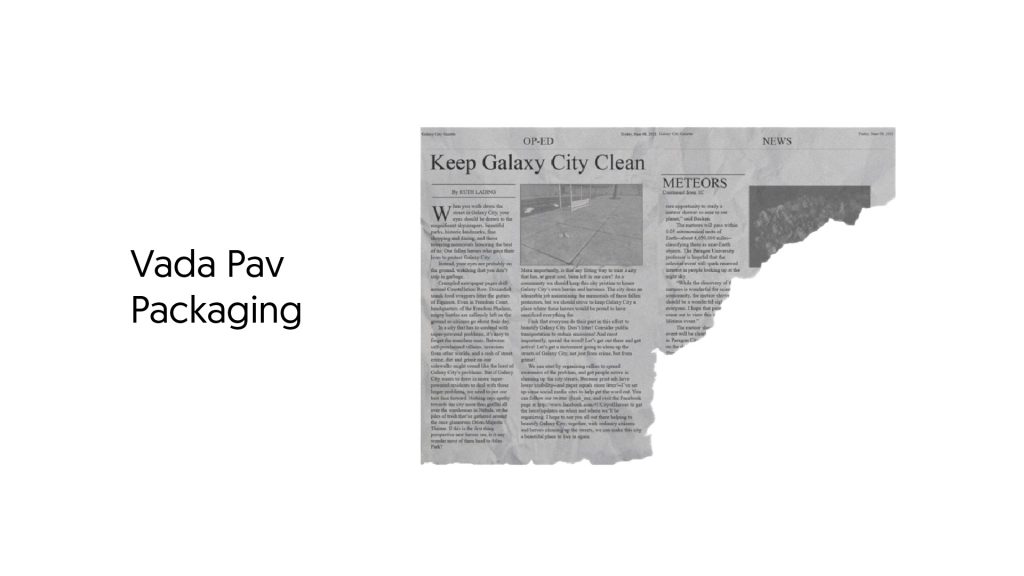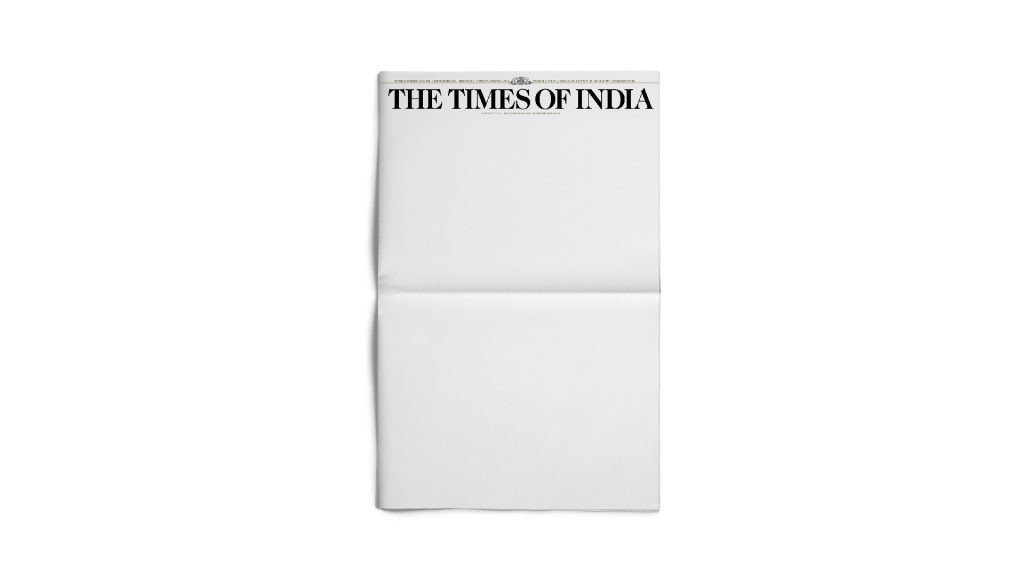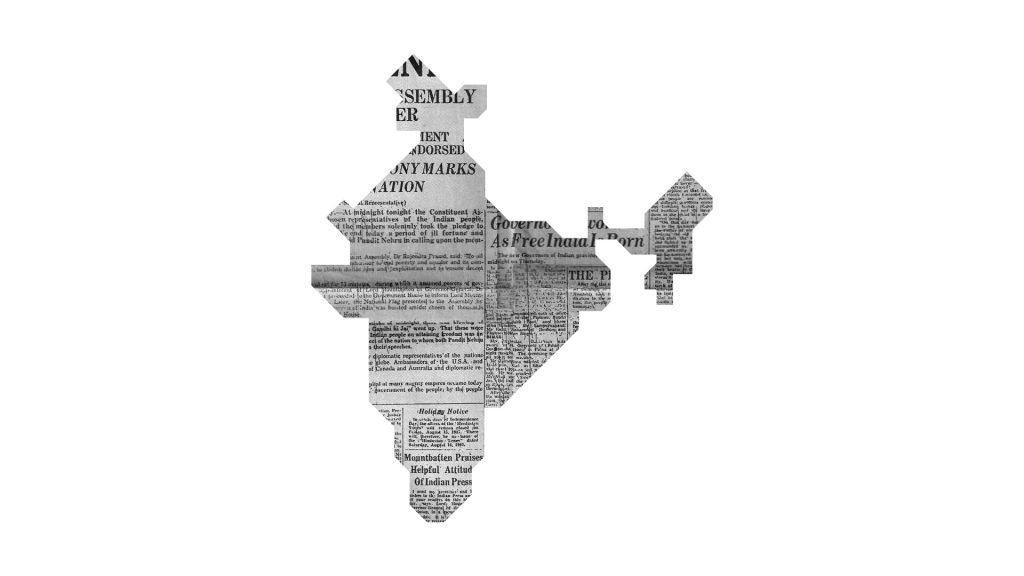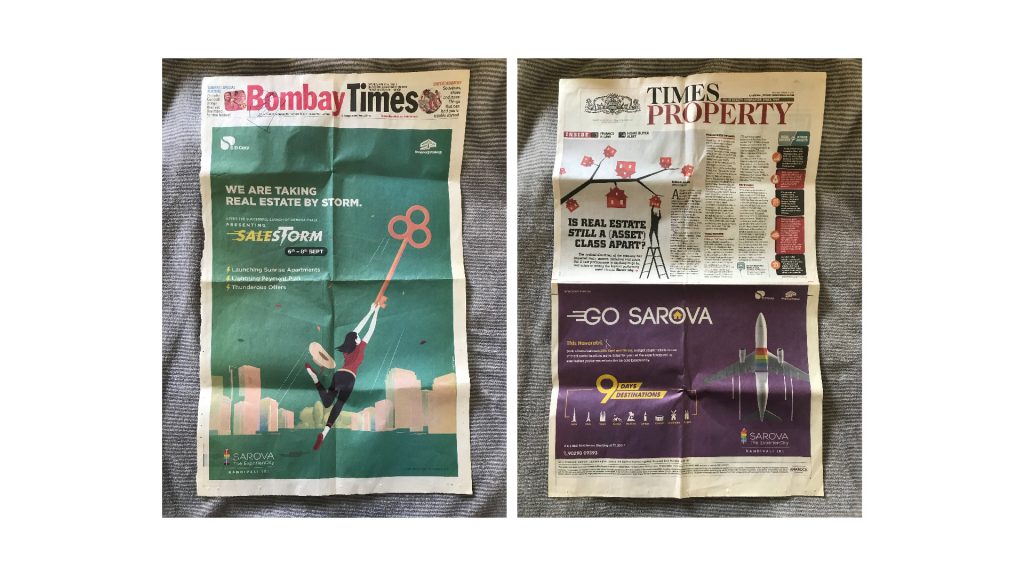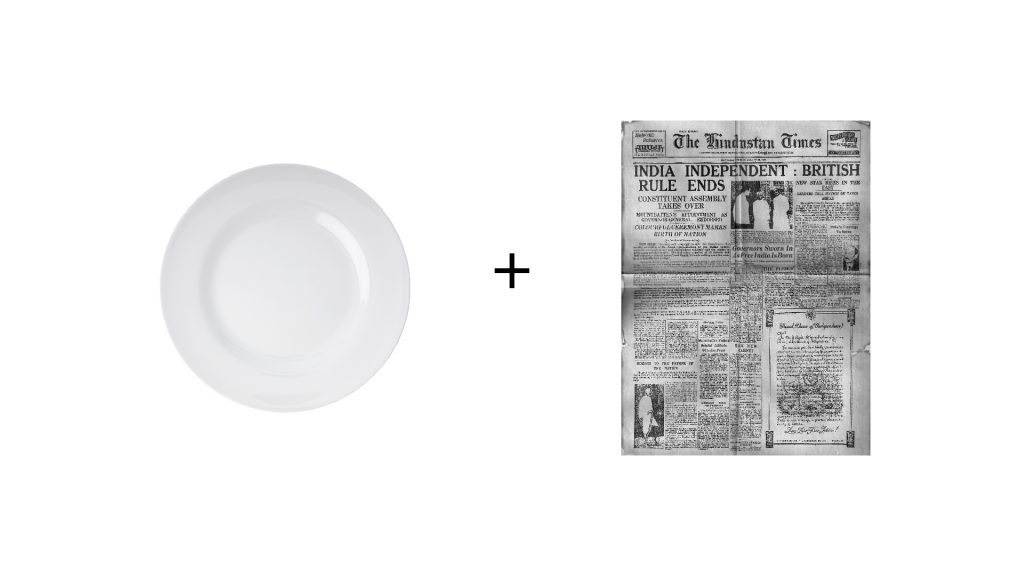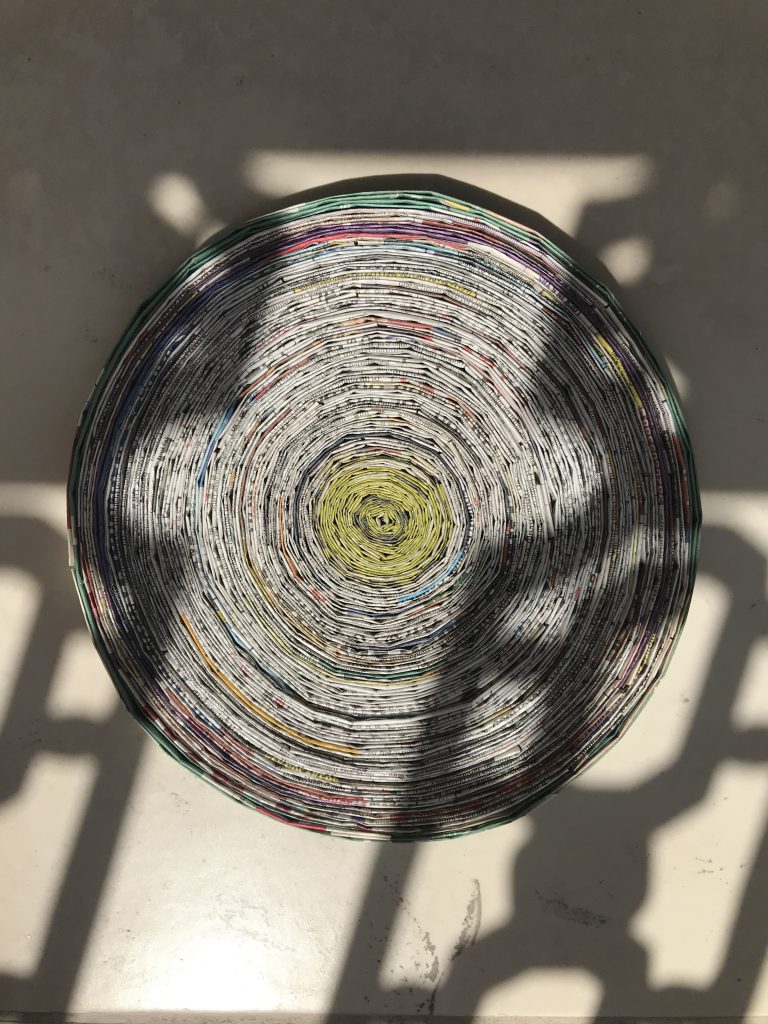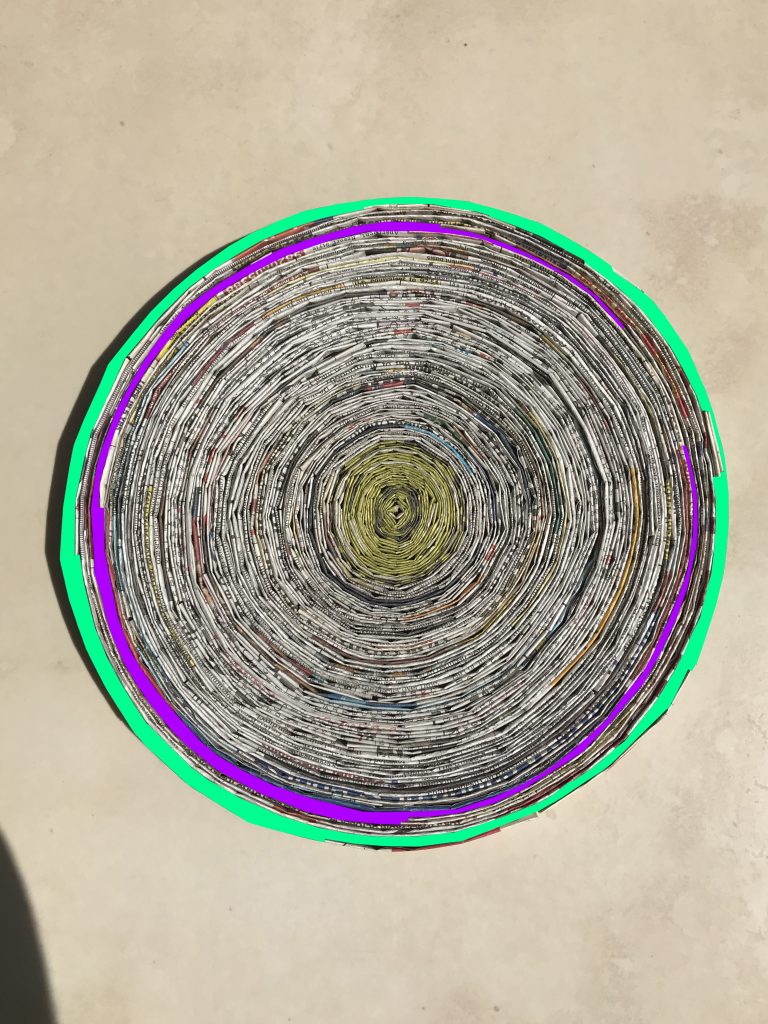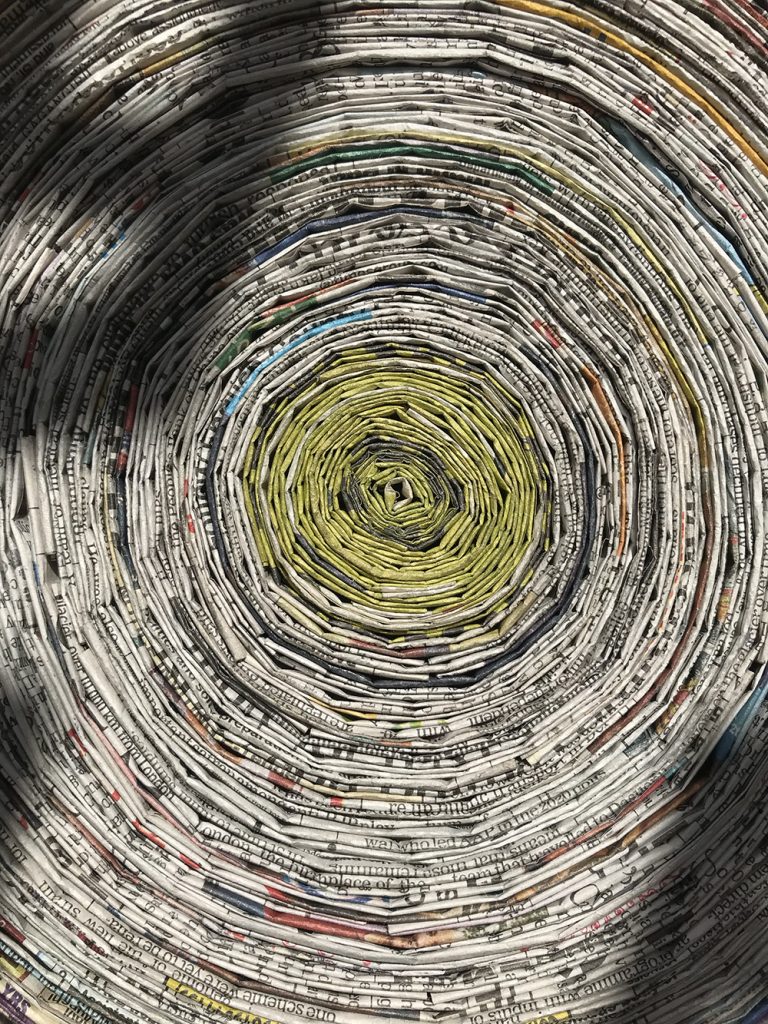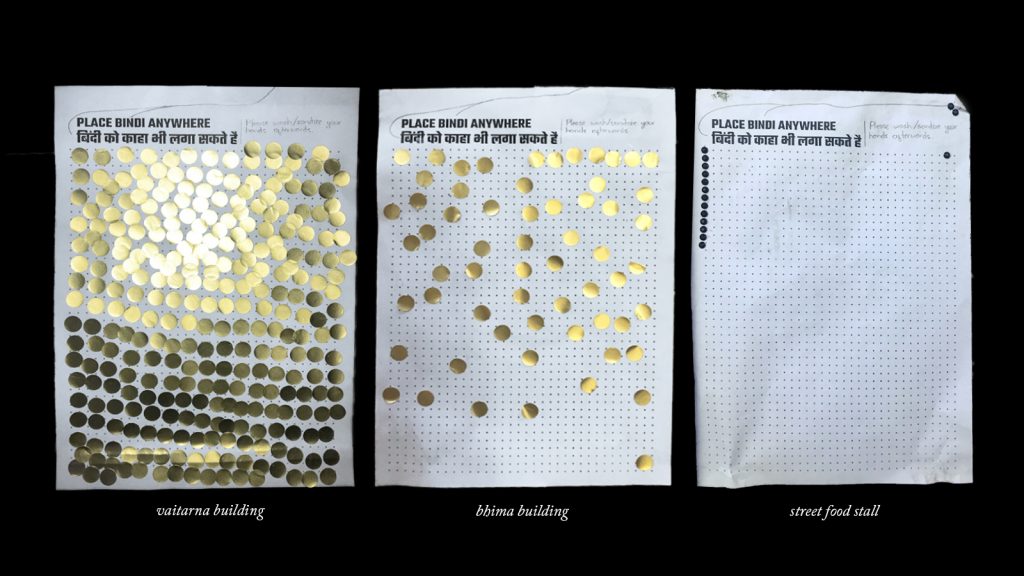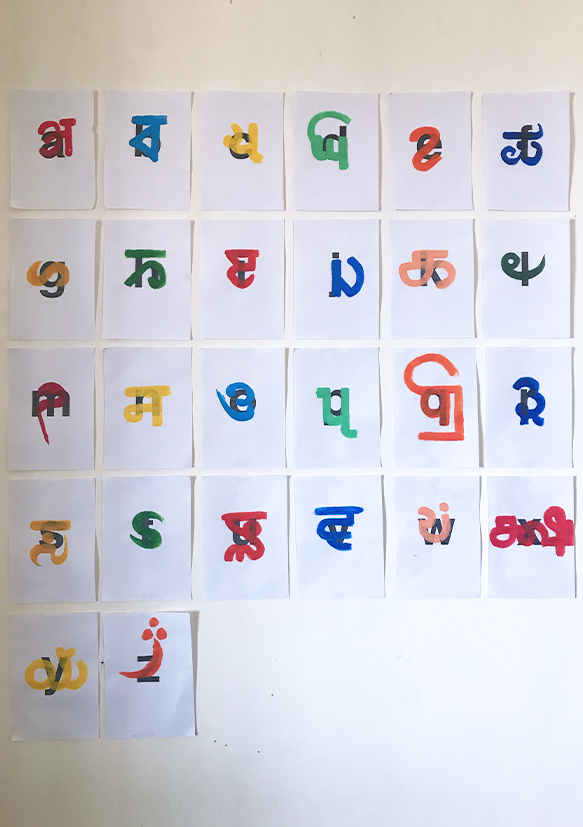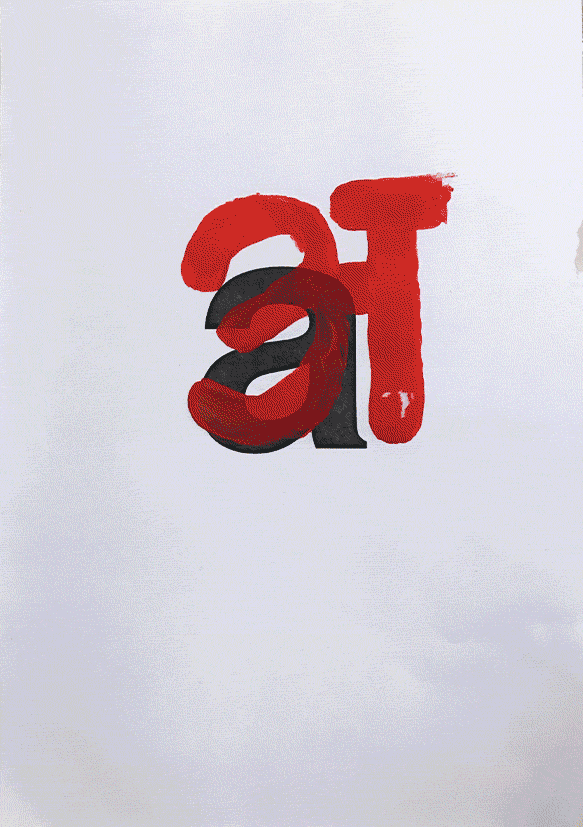“…SEEING WITHOUT NOTICING.“
I will investigate my ancestry, culture, borders and its politics and ecology through exploring my new environment and involving my parents with my investigation and making.
Though I wrote all this, I ended up only doing a part of it. There was no making this week, just investigation and reflection. I also wasn’t able to investigate the ecology part as I was in quarantine that week. I finally made it to my parent’s place in Saudi Arabia. It was a strange reunion. Couldn’t hug them. Greeting each other from a distance. Living in the same house but having minimal interaction. It was a relief when I finally got my negative COVID-19 results and I was able to properly greet them ( hugs and happiness all around).
While I was quarantining in my old room, I decided to rummage through all the drawers and cabinets. I found a few old memories. Puppets. Textbooks. Books. Makeup. Jewellery. Board games. Cards. My sister’s guitar that she never learnt how to play. Old art supplies. My sister’s diary haha. Along with the old, there were a lot of new things as well since my parents decided to turn it into a storage room. The printer with no ink. Boxes on boxes on boxes. Carpets. Prayer items. I decided to photograph things that I had not noticed when I was living here but have now caught my interest.
One of first things that caught my eye were some prayer items, specifically the packaging of the prayer items. Pictured below is Haldi (yellow: turmeric powder) and Kumkum (red: turmeric powder + slaked lime). Haldi and Kumkum are used for social and religious Hindu markings in India.
I am amazed by the amount of detail and information the packaging contains considering it’s the size of a coin. Top. Side. Bottom. Illustration. Typography in English, Hindi, Kannada. Symbols. Colour. It’s an item I saw almost daily but failed notice. I was seeing without noticing. Perhaps I should be more aware of the experiences I take for granted and it might lead me to little gems like these. Was it due to a certain subconcious bias against locally designed items that I failed to notice such things? Am I noticing it now because I am trying to unlearn such biases? Is the way I am viewing such items coming from a “tourist” perspective?
Another line of questioning I had was about borders and ancestry and how they are intrinsically tied in my case. Though I have to talk to my parents to be able to investigate this so this would have to continue to the next action. I also wanted to continue investigating notions of nature and ecology after my limited idea of nature hindered me to understanding and making with it. This would also have to continue into my next action as I am in quarantine. I used this quarantine to think about what is nature where I live? Saudi Arabia. Desert for miles upon miles. Shrubs. Palm trees. Date trees. Sun. Heat. No clouds. Sand. Rocks. How do I integrate nature in my practice? How do I integrate it in a way that doesn’t exploit the abundant resources they have provided us? Could nature be a collaborator in my making?
I would like to conclude with something that is not that I made from my actions but is related to it. Recently, I was commissioned to create a logo for sustainable handicraft shop that would be based in Kolkata and Gurgaon, India. Et Al.
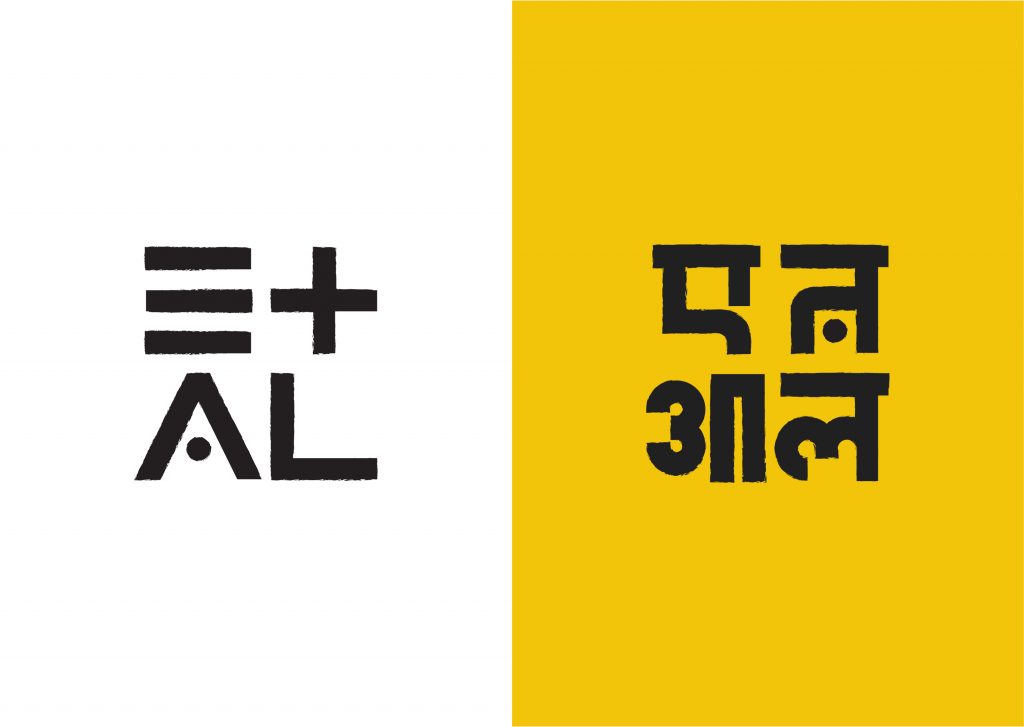
I was only commissioned to create an English logo but I also went ahead and created Hindi logo. A first for me. I include this because this is the first time I conciously decided to change my practice according to my ideals. To have vernacular languages on equal footing with English. I am not getting paid for the Hindi logo but this was a necessary step. I still want to create the Bengali logo but I will do that once this is approved. Creating vernacular equivalent logos is hard since there is little information on creating vernacular type from scratch and its forms are vastly different from English so the same rules don’t apply but I am willing to use intuition and learn along the way. Currently, I am excited for the trajectory in which my practice is changing and I look forward to what I create in the future.
